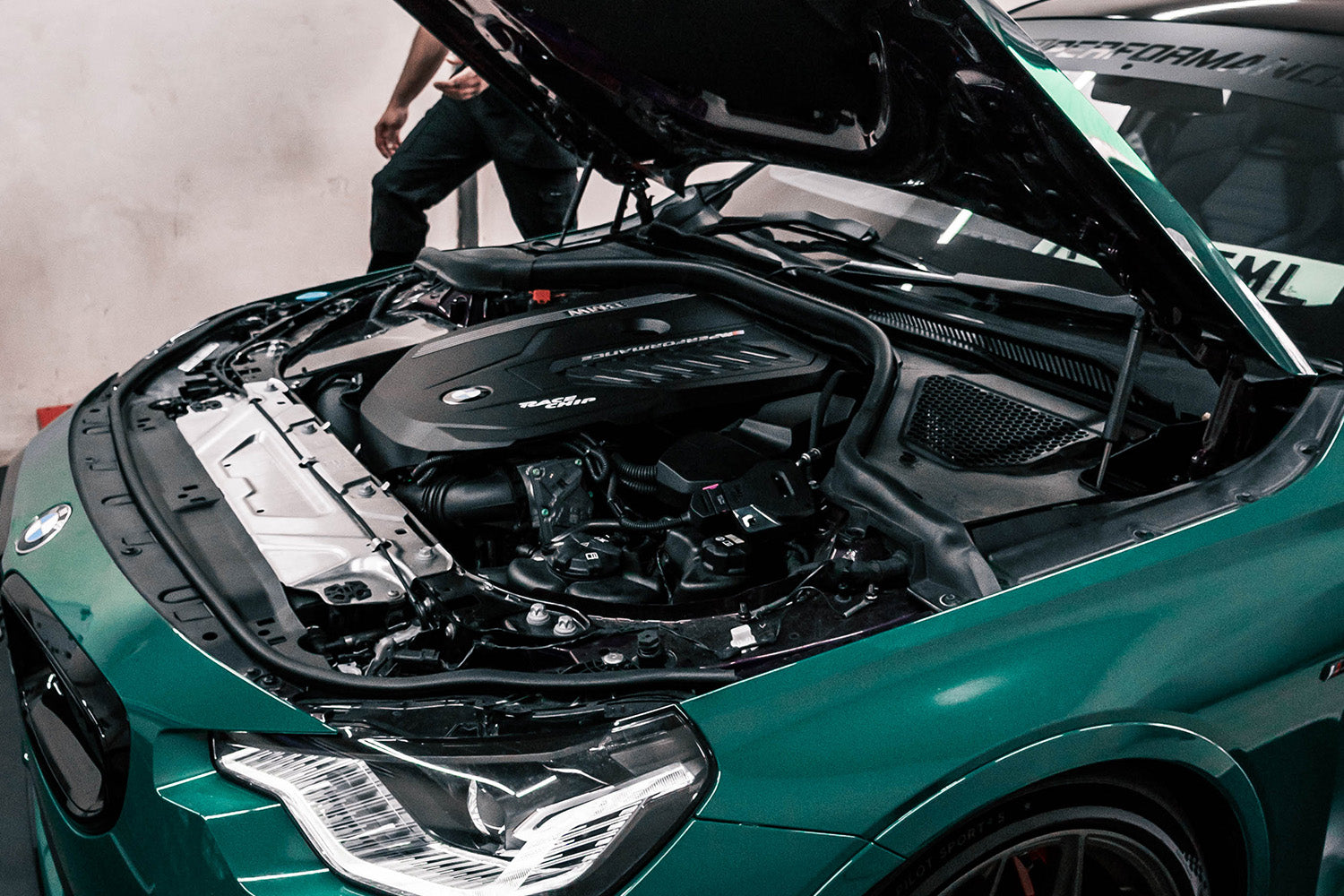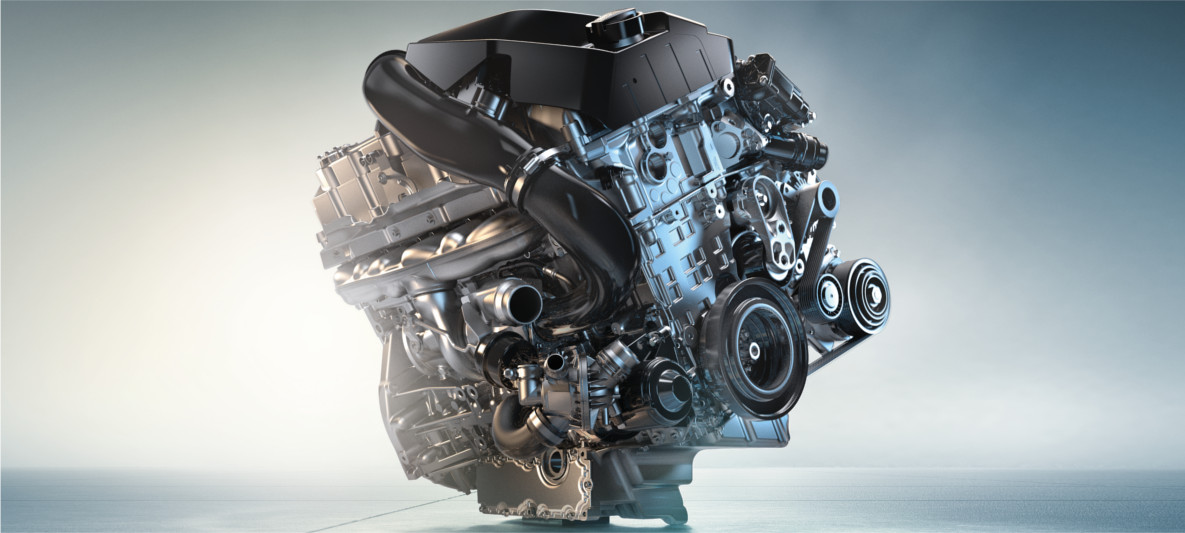The Evolution of the BMW Engine: A Look Back at Iconic Models
Checking Out the Development of Burning Engines in Modern Transport Equipments
As we browse the landscape of contemporary transportation, the evolution of burning engines stands as a testimony to human ingenuity and design expertise. The interplay of background, modern technology, and environmental concerns in forming the trajectory of combustion engines develops a story that is both compelling and informative.
Very Early Beginnings of Combustion Engines
Exactly how did the concept of burning engines initial emerge in the early stages of transportation growth? When the concepts of interior burning were very first discovered, the roots of burning engines can be traced back to the 17th century. In 1673, Christian Huygens conceived a basic inner combustion engine that made use of gunpowder to generate power. It wasn't up until the late 19th century that practical applications of combustion engines in transport began to emerge.
The breakthrough moment featured the invention of the very first effective gasoline-powered engine by Karl Benz in 1885 - bmw engine. This engine led the way for the advancement of the modern-day automobile, reinventing transport systems worldwide. Succeeding developments by Nikolaus Otto and Gottlieb Daimler additionally improved combustion engine technology, causing the mass manufacturing of cars and the rapid growth of the transport sector
These early combustion engines were defined by their simplicity and effectiveness, laying the foundation for the complex and powerful engines used in modern transportation systems. The evolution of burning engines has actually been crucial fit the means we take a trip and move items, noting a substantial landmark in the background of transportation development.
Transition to Internal Burning Modern Technology
The shift to interior combustion modern technology noted an essential shift in the evolution of transport systems. This change began in the late 19th century, with creators like Nikolaus Otto and Gottlieb Daimler developing the initial effective interior combustion engines. These engines changed transport by providing a more powerful and efficient choice to heavy steam engines and electric motors.
Among the crucial advantages of internal burning engines was their capability to be scaled down to fit right into automobiles, resulting in the development of autos and motorbikes. This shift from cumbersome, stationary engines to portable, mobile ones paved the way for the contemporary transportation systems we see today.
The change to internal burning innovation also stimulated advancements in gas technology, causing the development of fuel and diesel as primary gas sources for automobiles. This change not only made transport much more obtainable to the masses but likewise laid the foundation for the oil and gas market to come to be important to international economies.
Influence of Combustion Engines on Transport
The adoption of combustion engines in transport systems militarized a profound change in the effectiveness and speed of global mobility. Burning engines reinvented transportation by supplying a reliable and flexible source of power for different lorries, consisting of vehicles, vehicles, aircrafts, and ships. This innovation considerably improved the capability for individuals and items to relocate over lengthy ranges in much shorter timespan, leading to enhanced connectivity between regions and nations.
Additionally, the widespread use of combustion engines has had a considerable effect on economic development. The ability to transfer goods efficiently has stimulated profession and business, enabling services to broaden their markets and reach consumers worldwide. This has facilitated financial development and globalization, as products can now be transported much faster and in bigger amounts than ever.
Nevertheless, the environmental influence of burning engines can not be ignored. The combustion of fossil fuels has actually brought about air contamination and greenhouse gas discharges, contributing to environment modification discover this and positioning great site health threats to populaces. bmw engine. Consequently, there is a growing focus on establishing alternative propulsion modern technologies to alleviate these unfavorable results and produce a more lasting future for transportation
Innovations in Burning Engine Style
One remarkable technology is the growth of turbocharged engines, which make use of exhaust gases to drive a generator that presses inbound air, enabling for more fuel to be charred, resulting in enhanced power output without a significant increase in engine dimension. Variable shutoff timing systems have actually likewise transformed engine design by optimizing airflow at various engine rates, improving both power and effectiveness. These developments collectively add to the constant enhancement of combustion engines in modern-day transport systems.
Future Patterns in Combustion Engine Growth
With modern technology developments driving continual development, the future of burning engine development is positioned to revolutionize transport systems globally. One of the essential fads in combustion engine advancement is the press towards higher performance and decreased exhausts.
Another popular fad is the adoption of hybrid innovations in burning engines. Hybrid engines integrate standard burning technology with electric power, supplying improved fuel effectiveness and reduced exhausts. As the automotive market changes in the direction of electrification, crossbreed burning engines are seen as a transitional service that connects the space in between standard vehicles and fully electric ones.
Additionally, the assimilation of clever technologies, such as expert system and data analytics, is Click This Link anticipated to play a considerable duty in the future of burning engine growth. These modern technologies can optimize engine performance in real-time, leading to much more efficient combustion processes and enhanced overall vehicle performance. Embracing these future trends will not just drive innovation in burning engine growth however likewise add to a much more environmentally friendly and lasting transport environment.

Conclusion
In conclusion, the evolution of combustion engines in contemporary transportation systems has been marked by considerable improvements in innovation and layout. From the very early starts of burning engines to the change to interior burning technology, these engines have actually had an extensive influence on transport. Technologies in burning engine layout proceed to drive development in this area, with future patterns concentrating on further improving efficiency and reducing exhausts. The future of burning engines in transport looks appealing as research study and development efforts remain to press limits.
The roots of burning engines can be mapped back to the 17th century when the principles of inner burning were first discovered. These engines reinvented transportation by offering an extra effective and effective choice to steam engines and electrical motors.
